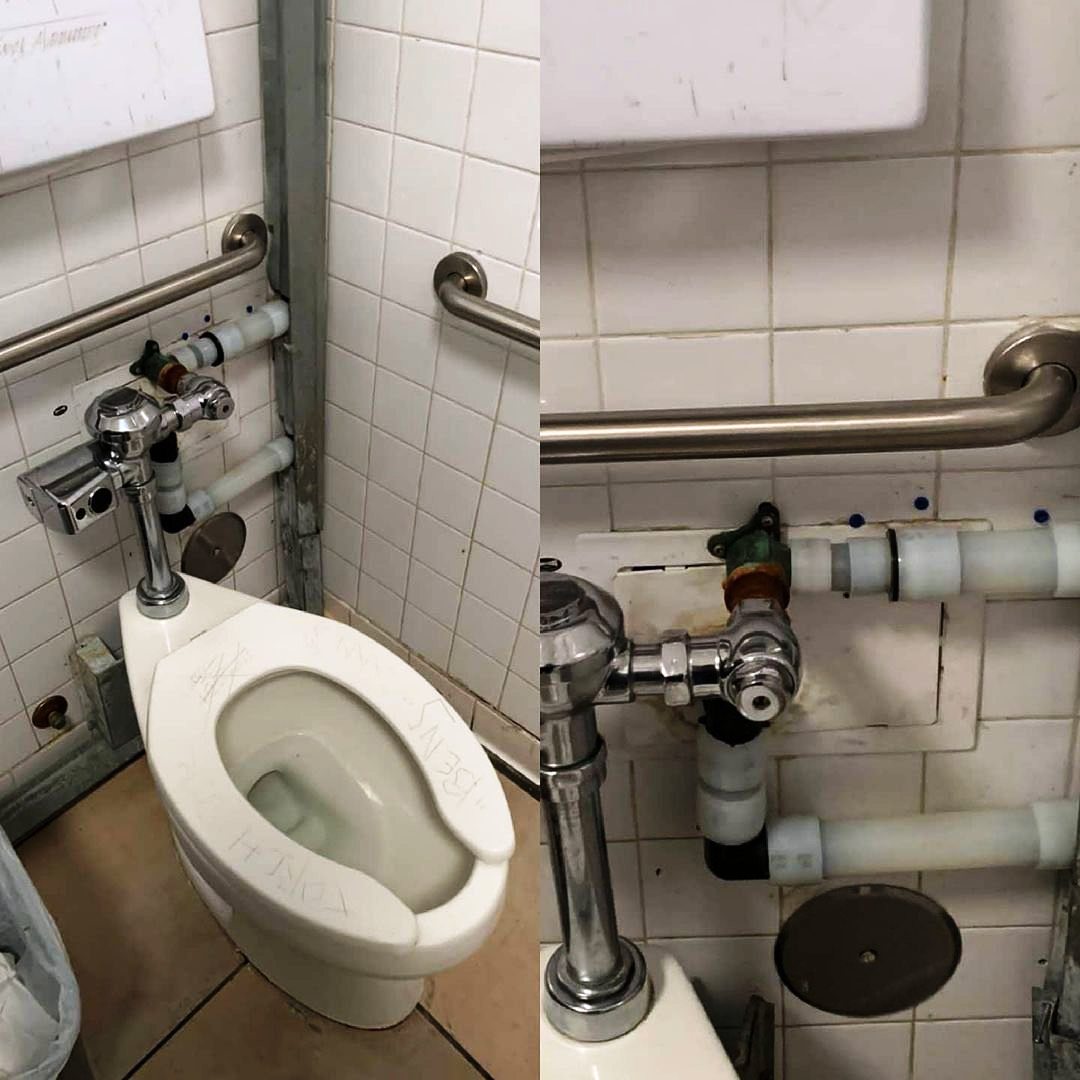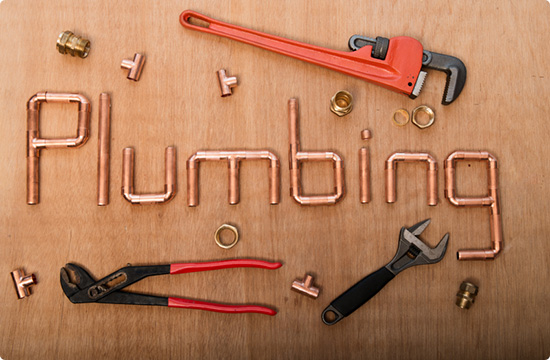Calling in the Pros: Typical Home Appliance Issues Best Entrusted To Plumbers
Calling in the Pros: Typical Home Appliance Issues Best Entrusted To Plumbers
Blog Article
Right here down the page you can find lots of good insight about How To Fix Noisy Pipes.

To diagnose noisy plumbing, it is very important to determine very first whether the unwanted noises happen on the system's inlet side-in various other words, when water is transformed on-or on the drain side. Sounds on the inlet side have actually varied causes: too much water pressure, worn shutoff and also tap parts, improperly linked pumps or various other appliances, improperly positioned pipe fasteners, as well as plumbing runs having too many limited bends or other limitations. Sounds on the drain side generally originate from poor area or, as with some inlet side noise, a format containing tight bends.
Hissing
Hissing sound that takes place when a faucet is opened somewhat usually signals too much water stress. Consult your local water company if you believe this problem; it will have the ability to inform you the water pressure in your area and also can mount a pressurereducing valve on the incoming water pipeline if required.
Thudding
Thudding noise, usually accompanied by shuddering pipelines, when a faucet or appliance valve is switched off is a problem called water hammer. The sound and vibration are triggered by the resounding wave of stress in the water, which suddenly has no place to go. Sometimes opening up a shutoff that discharges water quickly right into an area of piping including a restriction, joint, or tee fitting can generate the exact same condition.
Water hammer can generally be cured by installing installations called air chambers or shock absorbers in the plumbing to which the issue shutoffs or taps are connected. These tools enable the shock wave created by the halted circulation of water to dissipate airborne they contain, which (unlike water) is compressible.
Older plumbing systems may have short upright areas of capped pipe behind walls on tap competes the same purpose; these can at some point full of water, decreasing or destroying their performance. The remedy is to drain the water system entirely by turning off the primary water supply shutoff as well as opening all taps. Then open the primary supply valve as well as close the faucets one at a time, starting with the faucet nearest the shutoff and also finishing with the one farthest away.
Babbling or Shrieking
Intense chattering or shrilling that takes place when a valve or faucet is activated, which typically disappears when the installation is opened totally, signals loose or defective inner components. The service is to replace the shutoff or faucet with a new one.
Pumps and also home appliances such as washing equipments as well as dishwashers can move electric motor noise to pipelines if they are incorrectly connected. Connect such products to plumbing with plastic or rubber hoses-never rigid pipe-to isolate them.
Various Other Inlet Side Noises
Creaking, squealing, scraping, snapping, and also touching usually are brought on by the growth or contraction of pipelines, generally copper ones providing hot water. The audios happen as the pipes slide versus loose bolts or strike nearby residence framework. You can typically determine the place of the problem if the pipelines are exposed; simply follow the noise when the pipes are making sounds. Most likely you will certainly discover a loosened pipe wall mount or an area where pipelines exist so near to flooring joists or other mounting pieces that they clatter versus them. Attaching foam pipeline insulation around the pipes at the point of get in touch with need to fix the trouble. Make sure bands and wall mounts are secure as well as give sufficient assistance. Where possible, pipeline bolts ought to be affixed to huge architectural elements such as foundation wall surfaces instead of to mounting; doing so reduces the transmission of resonances from plumbing to surfaces that can enhance and also transfer them. If connecting bolts to framing is inevitable, cover pipelines with insulation or other durable product where they contact fasteners, and also sandwich completions of new fasteners in between rubber washing machines when installing them.
Remedying plumbing runs that deal with flow-restricting tight or countless bends is a last resort that ought to be embarked on just after consulting an experienced plumbing professional. Regrettably, this scenario is rather common in older houses that may not have been built with indoor plumbing or that have seen several remodels, especially by amateurs.
Drainpipe Noise
On the drain side of plumbing, the chief goals are to eliminate surfaces that can be struck by falling or hurrying water and also to shield pipelines to have inescapable audios.
In brand-new building and construction, bath tubs, shower stalls, bathrooms, as well as wallmounted sinks as well as basins ought to be set on or against resilient underlayments to reduce the transmission of sound via them. Water-saving commodes and also taps are less noisy than traditional models; install them instead of older kinds even if codes in your location still allow utilizing older fixtures.
Drainpipes that do not run up and down to the cellar or that branch right into horizontal pipe runs supported at flooring joists or various other mounting existing especially bothersome sound issues. Such pipes are big enough to radiate considerable resonance; they additionally lug substantial quantities of water, that makes the circumstance worse. In new construction, define cast-iron dirt pipelines (the big pipes that drain toilets) if you can manage them. Their enormity consists of a lot of the noise made by water passing through them. Additionally, stay clear of directing drainpipes in walls shared with rooms and also spaces where people gather. Wall surfaces including drains need to be soundproofed as was explained earlier, using dual panels of sound-insulating fiber board as well as wallboard. Pipes themselves can be covered with unique fiberglass insulation produced the purpose; such pipelines have a resistant vinyl skin (sometimes having lead). Outcomes are not always satisfactory.
WHY IS MY PLUMBING MAKING SO MUCH NOISE?
This noise indeed sounds like someone is banging a hammer against your pipes! It happens when a faucet is opened, allowed to run for a bit, then quickly shut — causing the rushing water to slam against the shut-off valve.
To remedy this, you’ll need to check and refill your air chamber. Air chambers are filled with — you guessed it — air and help absorb the shock of moving water (that comes to a sudden stop). Over time, these chambers can fill with water, making them less effective.
You’ll want to turn off your home’s water supply, then open ALL faucets (from the bathroom sink to outdoor hose bib) to drain your pipes. Then, turn the water back on and hopefully the noise stops! If you’re still hearing the sound, give us a call to examine further.
Whistles
Whistling sounds can be frustrating, as sometimes the source isn’t easily identified. However, if you can pinpoint which faucet or valve that may be the cause, you’ll likely encounter a worn gasket or washer — an easy fix if you replace the worn parts!Whistling sounds from elsewhere can mean a number of things — from high water pressure to mineral deposits. Your best plan of attack here is to give our plumbing experts a call. We’ll be able to determine where the noise is coming from and what the cause may be, then recommend an effective fix!
Cracks or Ticks
Cracking or ticking typically comes from hot water going through cold, copper pipes. This causes the copper to expand resulting in a cracking or ticking sound. Once the pipes stop expanding, the noise should stop as well.
Pro tip: you may want to lower the temperature of your water heater to see if that helps lessen the sound, or wrapping the pipe in insulation can also help muffle the noise.
Bangs
Bangs typically come from water pressure that’s too high. To test for high water pressure, get a pressure gauge and attach it to your faucet. Water pressure should be no higher than 80 psi (pounds per square inch) and also no lower than 40 psi. If you find a number greater than 80 psi, then you’ve found your problem!
Next step is to give us a call in order to install a pressure regulator. Trust us, you don’t want to wait to resolve this issue. Not only is the sound annoying, but high water pressure can be destructive to your home — including damaging certain appliances, like your washer and dishwasher.
Dripping
You might be accustom to the slow quiet drip your kitchen faucet makes. You might have even tuned out your bathroom sink dripping and drabbing all day long — but it’s time to find its cause.
A slow drip could signify a variety of easy to fix issues, such as a worn out O ring, or loose part. And by ignoring the drip, you could be wasting up to 2,000 gallons of water a year! So start conserving water — get it looked at ASAP.
https://www.pwessig.com/blog/2018/december/why-is-my-plumbing-making-so-much-noise-/

I found that piece of writing about Why Your Water Pipes Are Noisy and How To Shut Them Up when doing a search on the web. Sharing is caring. You never know, you may just be doing someone a favor. I take joy in reading our article about Why is My Home Making Strange Plumbing Noises.
Get Quote Now Report this page